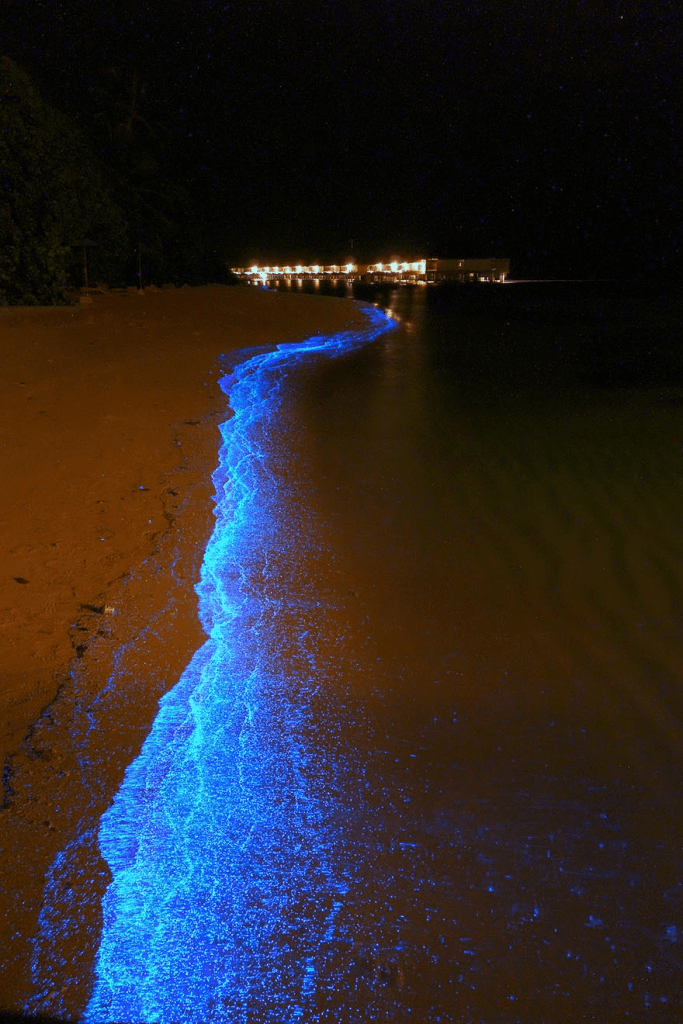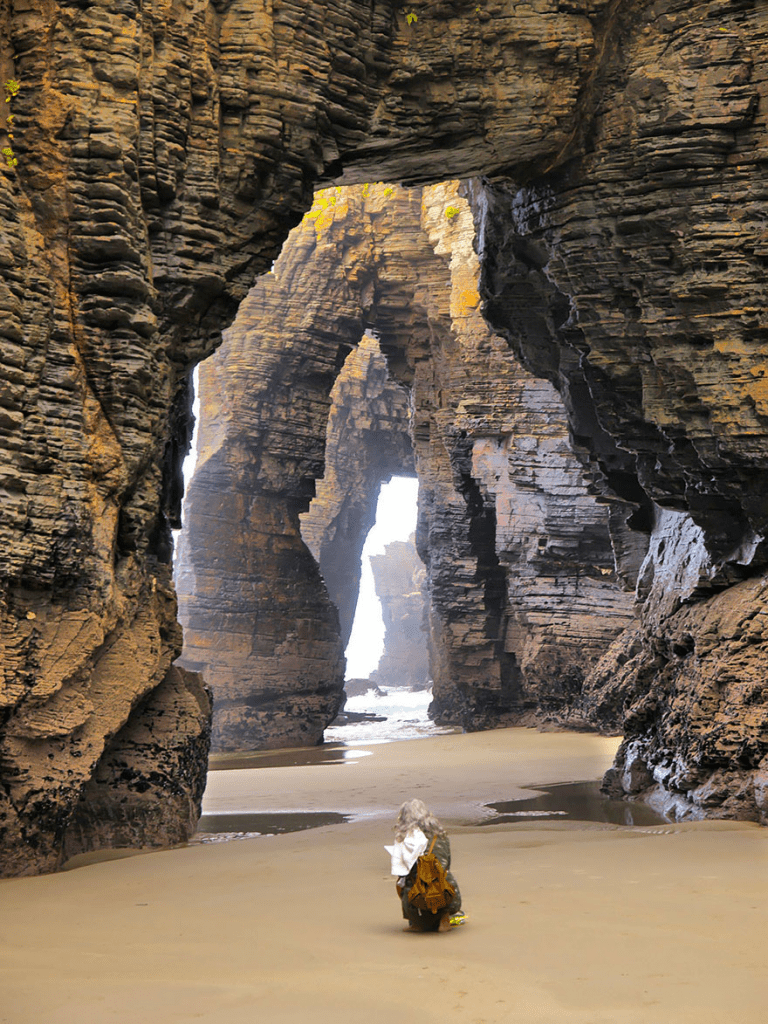When you hear the word “beach,” you generally envision golden or white sand, rolling waves, brilliant sunlight, and a refreshing beer or fruity cocktail. However, beaches come in considerably more shapes, and hues than some of us may think. Here are 17 beaches that, in some ways, may not be like the beaches you’re used to.
The various sand hues are one of the most noticeable variations on many of these beaches. Sand is often generated from whatever the waves happen to pound on the coast, whether it’s rocks, shells, corals, or glass. Rare green beaches may include olivine, a volcanic eruption relic, while black beaches are also commonly generated by volcanic leftovers. Bermuda’s pink beaches are tinted by coral remains.
If you have a snapshot of a unique beach that should be on this list, please share it with us in the comments section!
California’s One-of-a-Kind Glass Beach
#1

#2

The glass beach at Fort Bragg, California, developed after years of rubbish left there by locals, was hammered into the sand by the ocean. Although the dumping was finally outlawed, the glass sand remained.
Marieta, Mexico, has a hidden beach.
#3

#4

This beach in Mexico is claimed to have emerged in the 1900s when the Mexican government utilized the deserted islands for target practice.
A Maldives beach that resembles a starry night sky
#5

#6

The lights on this Maldives beach are created by microscopic bioluminescent phytoplankton, which emits light when stirred by the waves.
The Cathedrals Beach in Ribadeo, Spain
#7

This beach in Spain’s spectacular cathedral-like arches and buttresses were sculpted by pounding sea over thousands upon thousands of years.
Pink Sand Beach in the Bahamas
#8

#9

The lovely pink sand of the Bahamas is colored by washed-up coral remains, which the surf dashes and grinds to small bits.
Landings of Extreme Planes at Maho Beach, Saint Martin
#10

#11

Jokulsarlon, Iceland
#12

#13

This Icelandic beach’s dark volcanic sand contrasts brilliantly with the white and sparkling shards of ice.
The Moeraki Boulders (Dragon Eggs) at New Zealand’s Koekohe Beach
#14

#15

#16

Concretions are boulders on this New Zealand beach, which are balls of sedimentary rock that are tougher than the sedimentary soil that developed around them and has long since washed away. The hammering waves expose and polish these stones.
Kourou, French Guiana, has green sand.
#17

Papakōlea Green Sand Beach, Hawaii
#18

#19

The green sand on this Hawaiian beach is generated by the mineral olivine, which forms when lava cools in the water.
Ireland’s Giants Causeway Beach
#20

#21

When basalt lava rose to the surface and cooled, it cracked into unusual, huge columns, forming the giant’s causeway 50-60 million years ago.
Hawaii’s Punaluu Black Sand Beach
#22

#23

Punaluu’s black sand is generated by basalt lava that erupts as it flows into the sea and soon cools.
Rabida Red Sand Beach, Galapagos
#24

#25

Rabida’s red sand was generated by the oxidation of iron-rich lava deposits, although it might possibly be owing to washed-up coral sediments.
Shark Bay, Australia’s Shell Beach
#26

Because the water surrounding Shell Beach in Australia is so salty, the cockle clam has been allowed to flourish unabated by natural predators. This profusion of mollusks is responsible for the quantity of shells on the beaches.
California’s Pfeiffer Purple Sand Beach
#27

#28

The purple sand (seen only in spots) on this beach is generated when manganese garnet deposits in the adjacent hills erode into the sea.
Iceland’s Vik Beach
#29

Iceland is a volcanically active country, which explains why black volcanic beaches are so abundant.
Cave Beach in Portugal’s Algarve
#30

The Algarve coast is made mostly of limestone, which erodes rapidly and forms spectacular sea caverns like this one.







